
Hope for a huge, ancient and imperilled fish
First Nations are leading efforts to make sure lake sturgeon can find a home in...
At The Narwhal, we pride ourselves on our photography and work to expand the boundaries of photojournalism in Canada. That’s why, in February, we announced the creation of three paid fellowships for photographers who are Black, Indigenous or people of colour (BIPOC). It was one way for us to address the historical whiteness of Canadian journalism, and particularly Canadian photojournalism.
When we announced these fellowships in partnership with Room Up Front — a mentorship program for racialized photographers run by BIPOC industry professionals and allies — we asked for our readers’ help to fund these opportunities. The support was instant and overwhelming. Thanks to our readers’ donations, and generous support from Reader’s Digest Foundation, our three fellows — Alia Youssef, Ramona Leitao and Robby Dick — have been hard at work to bring you under-told stories about Canada’s natural world.
Today, we are so excited to introduce you to these three talented photojournalists, each of whom will produce an original photo essay for The Narwhal over the coming year.
It’s not often that we get to hear from people behind the camera so we were delighted to chat with Alia, Ramona and Robby about the projects they’re working on and the stories they love to cover.
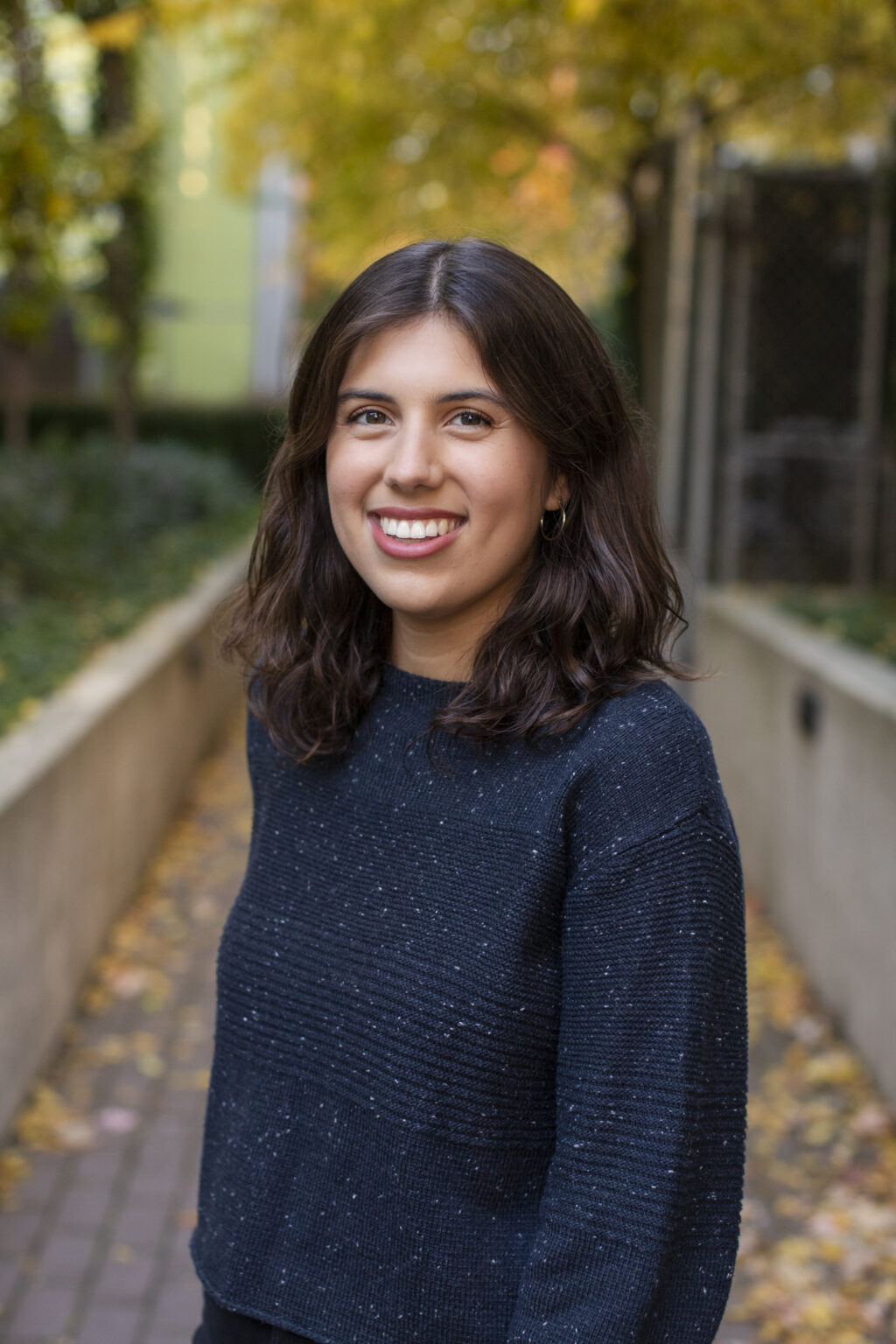
What stories are you compelled to cover, and why?
Broadly, I am interested in complicating representations of marginalized groups and national narratives, as well as highlighting underrepresented stories and histories. At first, this led me to question how Muslim communities were represented, and to complicate it and showcase underrepresented stories and histories. With my fellowship with The Narwhal I am changing gears slightly into a different topic I have been interested in, which is to question who we see represented in outdoor spaces.
As someone who grew up in B.C., with amazing trails at my doorstep, I never felt like I belonged in the outdoors so I avoided it. This led me to question why I didn’t feel like I belonged to begin with and to question the national narratives and media representations that played a part in that.
What does good journalism look like to you?
I appreciate photojournalism and longer-form documentary projects where care is inherent in the work. That could mean consideration of power imbalance and positionality between the photojournalist and community member; it could mean avoiding tokenization by going beyond sound bites and sensational photos and illuminating complexities; it could mean giving space for marginalized groups who have historically been spoken for to voice their opinions and stories; and it could mean informed consent for those involved whenever possible. I believe that good journalists are accountable and hold themselves to a high standard, recognize their own subjectivity and limitations, and integrate humanity and ethics in every step of the process.
You’ve done some really cool work covering Muslim women — what do you love about highlighting Muslim women through photography?
For so long Muslim women have not had agency in how they are represented. They have been subjected to one-dimensional stereotypes and for women who are visibly Muslim, often bear the brunt of Islamophobic violence due to these negative representations. Throughout working on my many projects that include Muslim women, I have loved collaborating with them in a way that gives them agency in how they are visually represented. I have loved learning the stories of women from all around the world, from a huge range of careers, and of all ages, and finding ways to visually represent a piece of their narrative. I also just love getting to meet cool people and getting to learn about their lives and outlooks — it’s affected me in such a positive way.
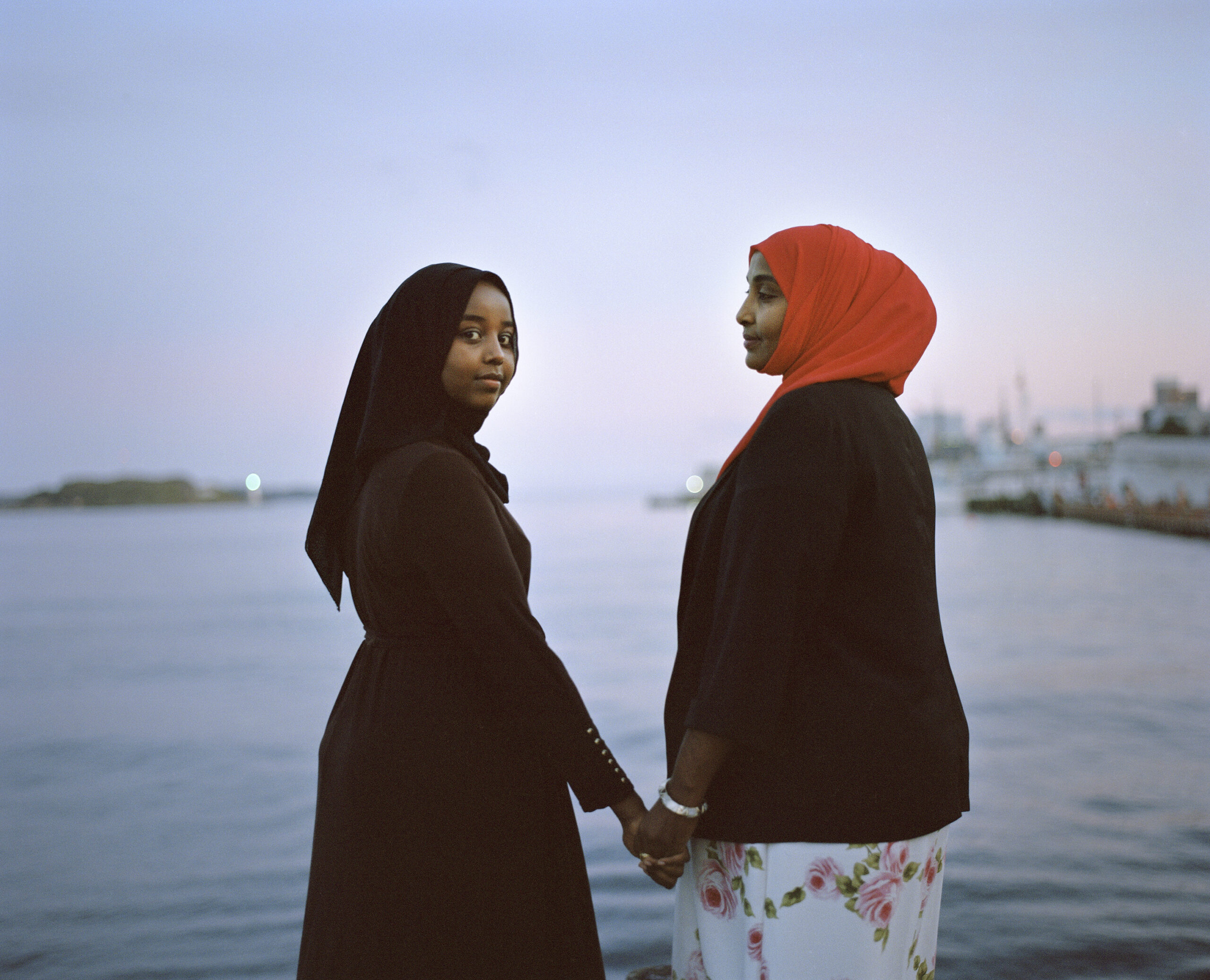
What have you been up to during the pandemic?
During the pandemic I became obsessed with two subjects that I could have cared less about prior to it: Star Wars and skincare (I bet those two don’t get named in the same sentence often!). Due to my all or nothing personality, I have a baby yoda which I bought a Christmas outfit for (embarrassing) and have watched an insane amount of skincare videos on Youtube. So on any given day, I’m probably talking about the science behind skincare or making theories about what’s happening next in the Star Wars universe. (I’m just joking … sorta.)
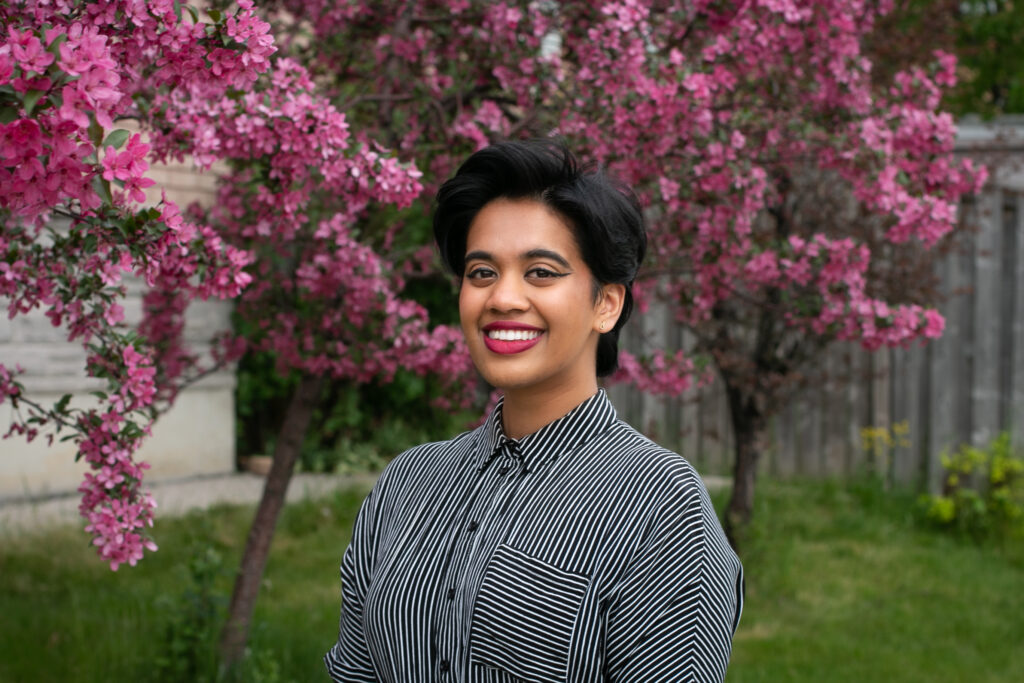
What stories are you compelled to cover, and why?
It honestly changes. But one theme in common is definitely social justice issues. Right now, in that realm of social justice issues, what I want to cover is food sovereignty. It’s a very intersectional issue and actually something I’m working on for The Narwhal. Because there’s a lot of environmental impacts, political impacts, racism — it’s just all there. And food is so important, it’s the key to livelihood. So I really want to show how food sovereignty is different for communities, especially racialized communities in Canada.
How do you think journalism, unique from other types of media, can cover environmental issues specifically?
It’s just very in your face — you see the impact right there. As a reader, it’s a lot more efficient to consume the impact and the severities of these environmental issues when you see the photos yourself. There’s that saying, seeing is believing. Some readers might not necessarily fully comprehend the impact until they see the photos that convey that story. So I think photojournalism in that sense has a lot of advantages there. It’s just a lot easier to understand the emotions and the severity of the situation in your photos.
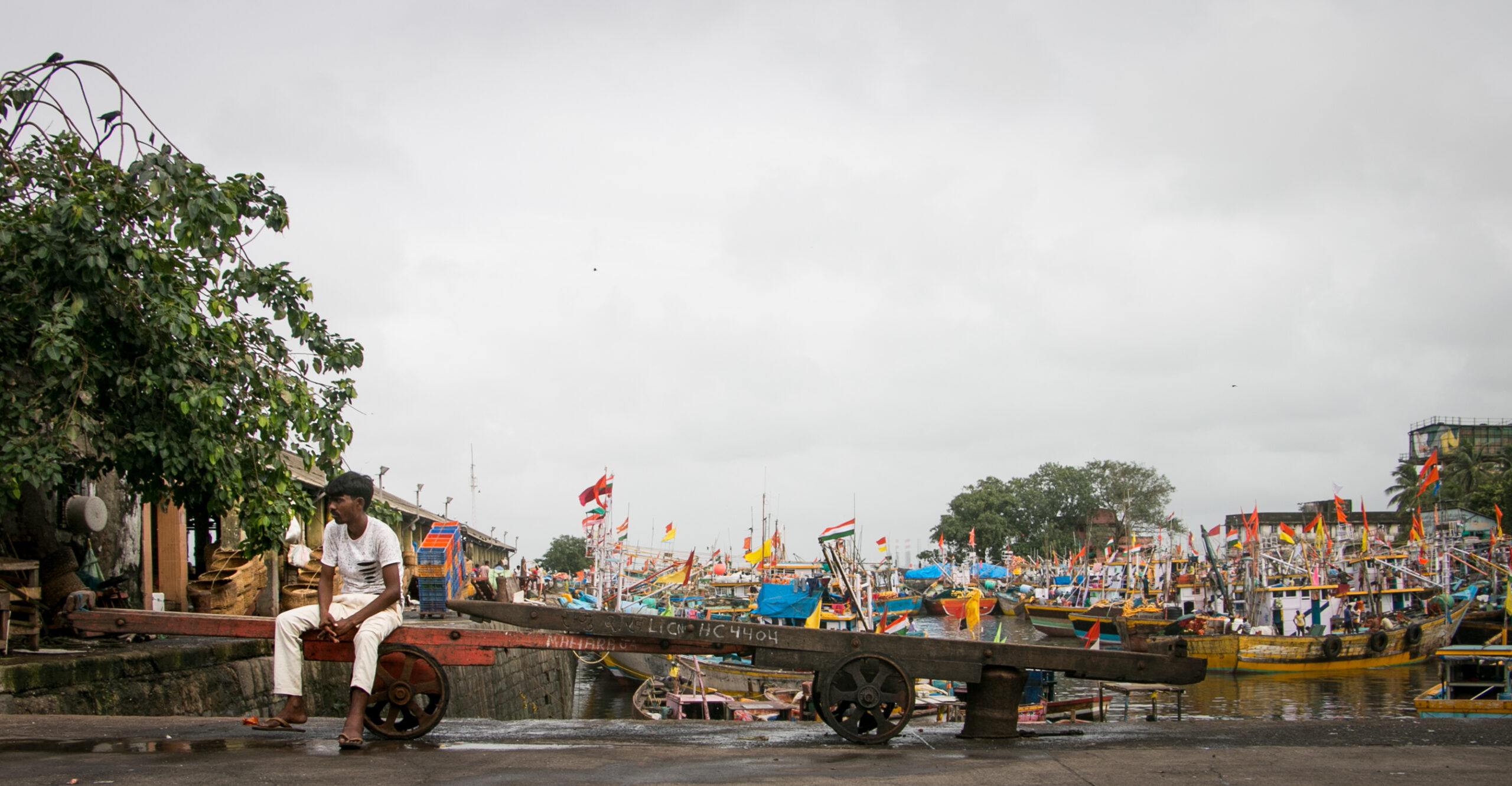
What does good journalism look like to you?
Good journalism to me is something that’s in-depth and something where the journalist truly understands what their source or subject is trying to tell them without skewing their words or their message. It’s being mindful of some of the people that you’re interviewing depending on the nature of the story. So for example, last year, when George Floyd’s murder caused attention all around the world, a lot of journalists were trying to talk to any, like, Black person to talk about the traumas that they face. And I feel like good journalism is being mindful of who you’re talking to, how you’re talking to them, listening to what they have to say and not skewing their words. It’s a balance of hearing their story but not re-traumatizing them.
What’s your hidden talent?
This really isn’t a talent. And don’t test me. But I’ve been told that I can recognize the year of any Top 40 song from the 2000s to now. Anytime a song comes out, I’m like, “Oh my God, this takes me back to 2006.” And people say, “How do you know the year?” I’ve been quizzed on songs but I would get them right each time. But now I’m scared because I know someone’s going to ask me and I’m going to mess up. But that’s a hidden and very unnecessary talent unless I want to join the music journalism industry.
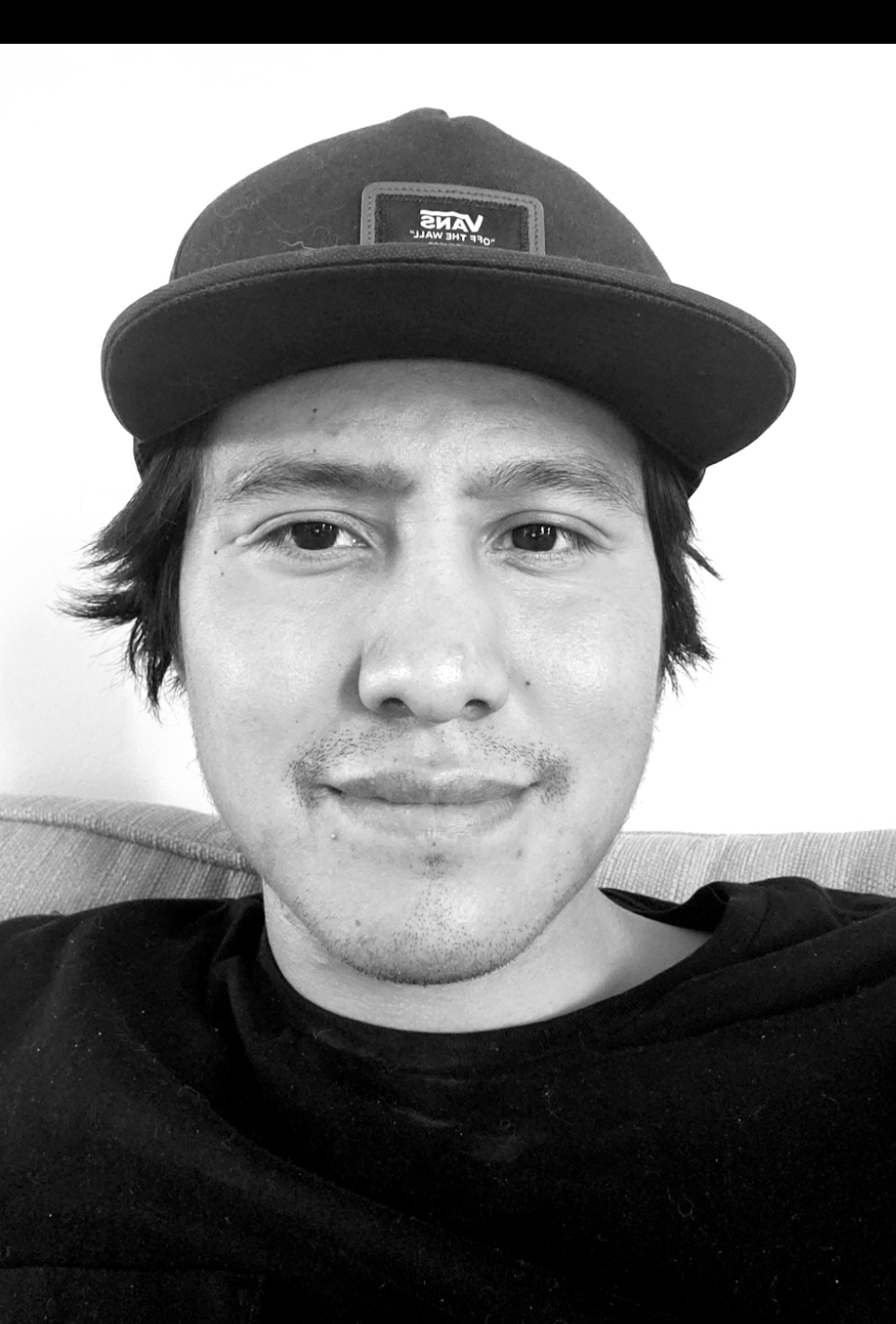
What kind of stories are you compelled to cover? And why?
No one is covering stories about caribou. Because caribou are really pivotal to our way of life, to food security and to drum making. My grandpa is one of the last people here in the community that still makes a traditional drum of caribou hide. He’s been teaching people for I don’t know how long — 30 to 40 plus years. So right now, I’m doing a story on caribou. The stories I want to cover are all around the environment. My territory, my homeland, it’s really rich in resources. Ross River is unceded — we don’t have any treaties, we don’t have any land complex land claims, so the stories I want to cover are around Rights and Title, how the Indigenous Protected and Conserved Areas are playing an important role for guardians across Canada. And how important biodiversity is in the boreal forests not only to us, but to people across Canada.
Why did you decide to become a photojournalist?
I wanted to photograph and display images of life in the North, particularly Ross River. I really like the visual storytelling aspect of being behind the camera and capturing a moment. Otherwise the world wouldn’t even know about it.
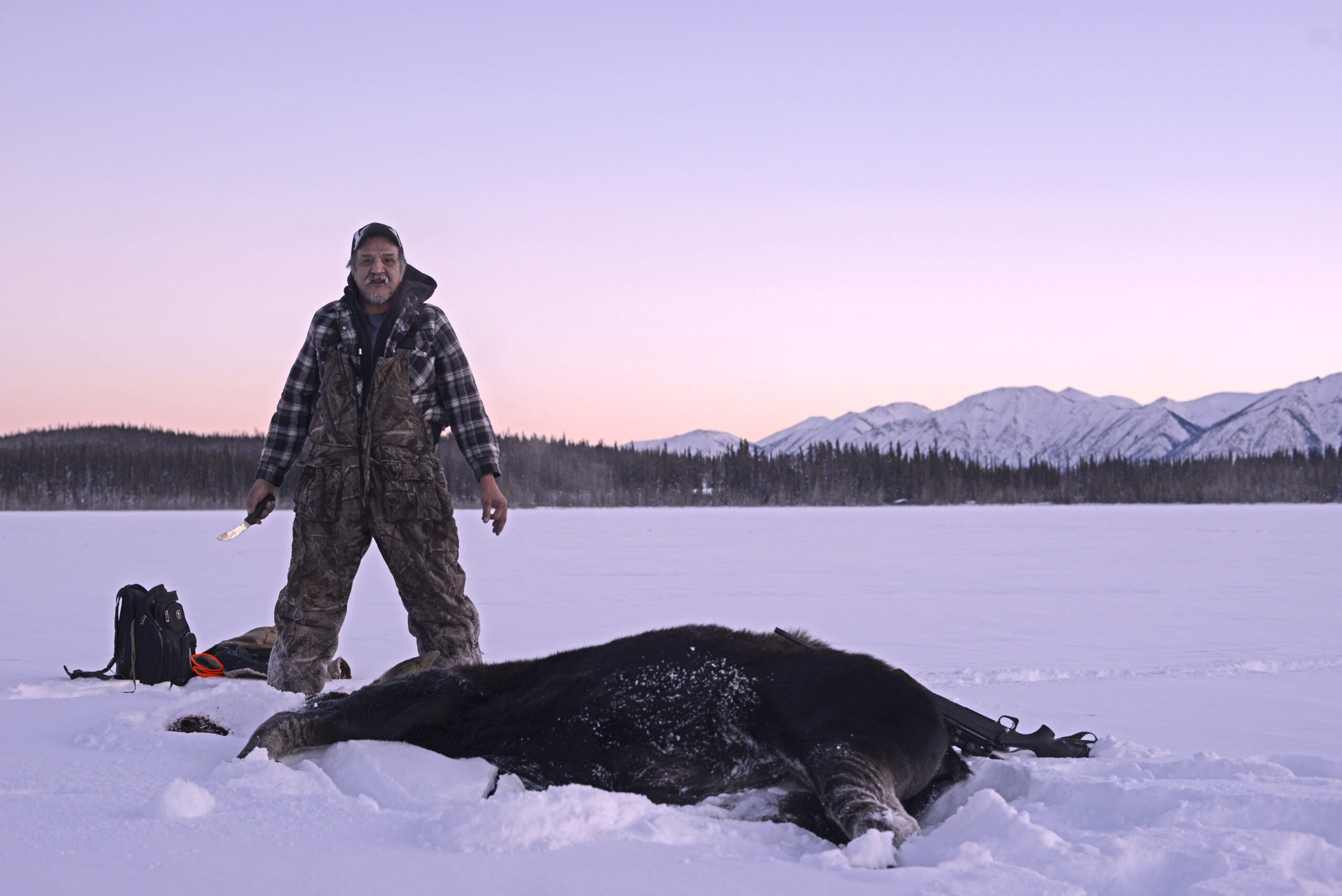
How do you think photojournalism is particularly well suited to covering these stories and other environmental stories?
I think it’s a good format because you’re able to share images and a story to really capture your audience. This type of photojournalism really captures the essence around who we are as Kaska and captures the storytelling behind it. Because originally, we’re natural born storytellers. It’s in our DNA to tell stories.
What does good journalism look like to you?
Good photojournalism is being able to capture the images you want and working with editors to alleviate the pressure on what images to share and how to tell the story. And [it means having] a lot of flexibility in capturing the images. Good points, good pictures, something interesting that otherwise people don’t know about.
What do you enjoy the most about being a photojournalist?
That I’m able to work with people. For me, doing this type of work is to be able to tell a story. So I’m pretty passionate about capturing images, to share my culture with people that don’t know who we are as Kaska. Because Ross River is a strong land-based community and we do have an economy that’s based on the bush. I think there’s strong advocacy out here, protecting the environment and a lot of good things going on. I’m able to capture it and that’s what I enjoy about it — that I’m able to tell their stories.
Get the inside scoop on The Narwhal’s environment and climate reporting by signing up for our free newsletter. Angello Johnson’s shoulders burn, and his arms...
Continue reading
First Nations are leading efforts to make sure lake sturgeon can find a home in...

We’re excited to share that an investigation by The Narwhal is a finalist for the...

A new documentary, Nechako: It Will Be a Big River Again, dives into how two...
